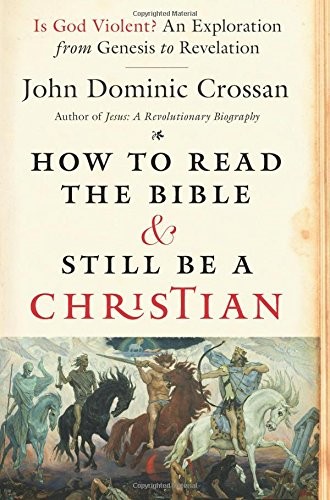Lessons from John Dominic Crossan
The kingdom of God is here, and we're called to participate in resurrection.
Look, it’s the Washington Island leopard,” Dom Crossan exclaimed with good humor one day last week as my six-year-old daughter crawled into the hotel’s dining room underneath her leopard-print fleece blanket. Later I saw the two of them sitting on the couch, comparing iPads. It’s probably good that they didn’t discuss theology, though. I imagine my daughter has a much higher Christology than Crossan does, and she can be stubborn when it comes to arguing about her beliefs.
We were in Wisconsin for the Washington Island Forum, and John Dominic Crossan was the featured speaker. His lectures were based on his 2015 book How to Read the Bible and Still Be a Christian, which is packed full of useful historical-critical insights about the biblical authors’ contexts (which he calls the matrix of the biblical texts). Although Crossan pits the Bible’s various portrayals of God against one another in a way that sometimes feels too dualistic to me, his method—to look at the Bible through the lenses of place, time, tradition, and vision—is helpful to me as a preacher. I also appreciate the book’s emphasis on the use of nonviolent resistance aimed at distributive justice (as opposed to the combination of violent power and retributive justice that he characterizes as “the normalcy of civilization”).
Crossan identifies as a Christian, and his lectures steered clear of the more controversial topics that have been used in some circles to label him as a heretic. Nothing he said in the lectures seemed revolutionary to me—perhaps because the normalcy of regarding Jesus as a first-century peasant Jew was so ingrained in my own training as an academic reader of the Bible. Nor do I share his concern (and the concern of many Crossan fans) that reading the Bible might prevent me from being able to be Christian. But much of what he said helped me reframe my own reading of Scripture. Here are the five most interesting points I took away from Crossan’s lectures (most of which are elaborated in the book):





